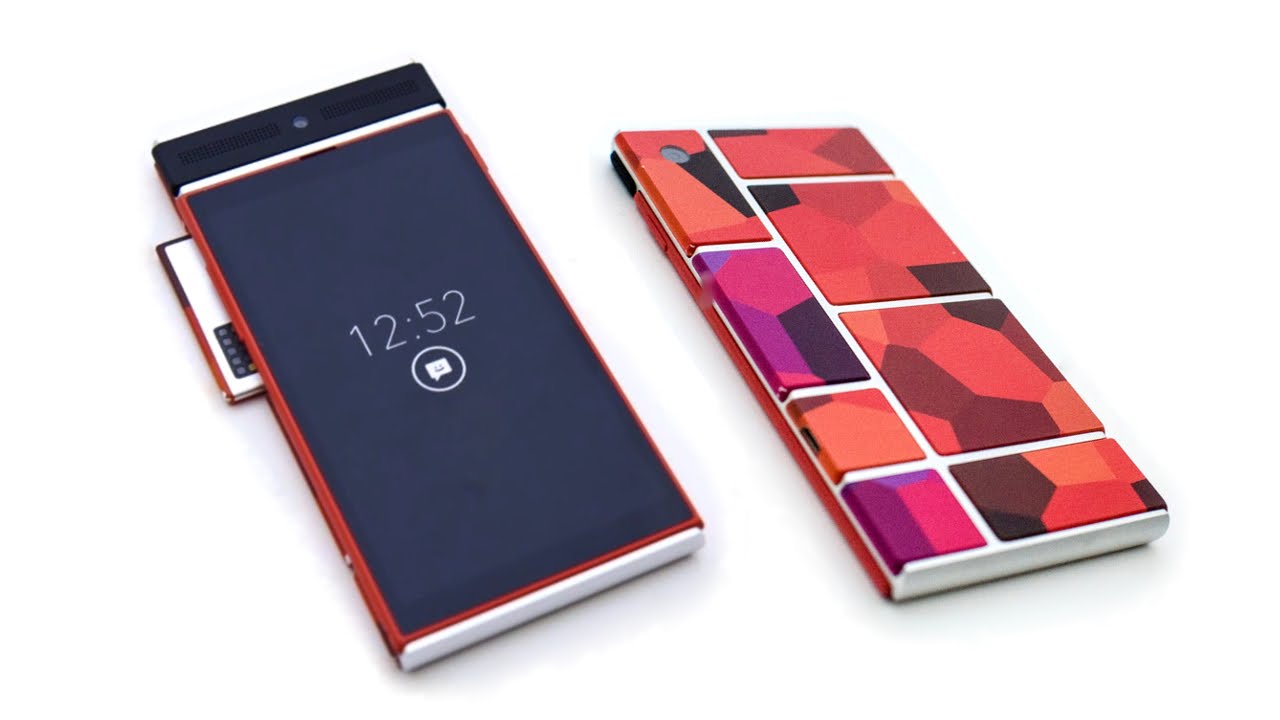
Do you think LG, Huawei, Apple, Samsung and other original equipment manufacturers (OEMs) will continue releasing a flagship every year forever? Like LG will continue updating their G series to Gn? Or that Apple will have iPhone 100? My take on this is NO. Why? Well read on.
Since 2007, when the revolution started, companies have risen up to take control of various markets and each year they release a flagship device to better the previous one. We have seen Apple move up to the current iPhone 6 and Samsung to the current Galaxy S5 and the Galaxy Note 4. And this is somewhat the trend. A new flagship every year. But will this be the case forever?
First of all let’s explore the issue with consumers: you and me. How many of you bought the Galaxy S4? And we all loved it, didn’t we? Same to the iPhone 5 and the iPhone 5s. But now these aren’t phones any more in terms of what the companies that made them are offering us. They have new “better and more improved” products. And human beings all love better and newer. But now how many of the original owners of the S4 want to upgrade to the S5? Or how many iPhone 5s users want the iPhone 6? Almost every one of them. Why? For obvious reasons. The next generation is better, faster and awesome. But the problems come in now.
- ONE. Where do we take the previous generations of phones?
- TWO. How many people can afford to upgrade to the next generation?
- THREE: Should I pass this release of flagships and wait for the next to upgrade?
There is a problem. And this problem needs to be addressed. Where do we take the Galaxy S, S2, S3 and S4s. And now the S5 since the S6 is coming soon? Or the Xperia Z3 since the Z4 is here? Or all the previous Nexuses? Humans want to upgrade. Humans want the latests. And humans will do anything to get the best. Although some lower earning people (or low markets) will somehow still buy the previous generations, this won’t happen forever. Companies will have (and must) find a way to solve this problems and answer these questions. Companies must find a way of making things last. Releasing every year will not work.
Solutions
Recently a study by one of Apple’s most trusted analyst shows that the purchase of the iPad Air 2 will drop miserably compared to the previous years. Yes the iPad Air 2 is great and all that and we all want it. But there are customers who already have the Air 1 and they don’t want to let it go. They’ll probably only let go after 5 years. So how will Apple make sure the next generations of iPads are taken up? That is the question all OEMs should be asking themselves. How will they ensure their next flagships are taken up? Marketing? Nuh.
Enter the OnePlus. The OnePlus is a new company and their very first launch is the One. This phone runs CyanogenMod on top of Android. So how is it a solution (or part of)?
See this, the OnePlus One is a phone that allows users to do more with their Operating System. Much much more. Users can tweak things. Customise looks and make it to their taste. Plus it has awesome hardware. Hardware that can last up to 3 generations of iPhones. And they are somehow doing it right. You could have the OnePlus One for 3 generations before requiring any bigger update. This way, the company will have customers under lock and key and they will also solved the problem of getting their customers in the dilemma of upgrading when a new flagship arrives. Simple software updates will go far in satisfying users. But this probably doesn’t work too well in terms of hardware. Especially because things like cameras and processors tend to get better. Okay.
Enter Project Ara. Project Ara by Google is looking to create Modular smartphones where hardware components of a phone could be interchanged. Yes. You can add and remove hardware as you wish. Say you want to upgrade to Snapdragon 805 from 801, just slide it out and boom. You want a better camera, take the current one out and you’re good to go after inserting that 60MP slot (LOL). This way people will have one phone for so long as they can continually interchange faulty pieces of hardware or upgrade to the latest hardware without necessarily having to change their phones. This is the solution. This is where the world is headed. And if OEMs don’t see this, they’ll be out of business in a few.
It is a good thing that even Vsenn, a company co-founded by a former Nokia X manager is joining the bandwagon already by promising a modular smartphone that will allow users to switch out three modules: the camera, battery, and processor/RAM. It will also be extremely customisable.
There is the future of smartphones. Good thing the future is here. So soon huh? What are your thoughts?







